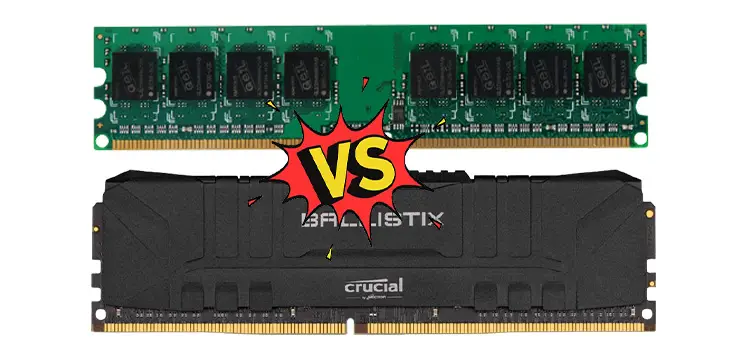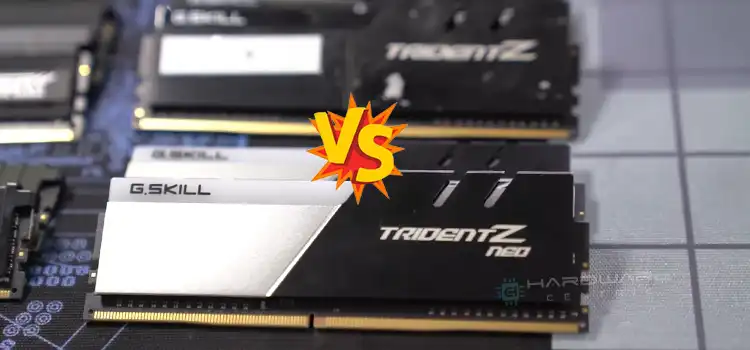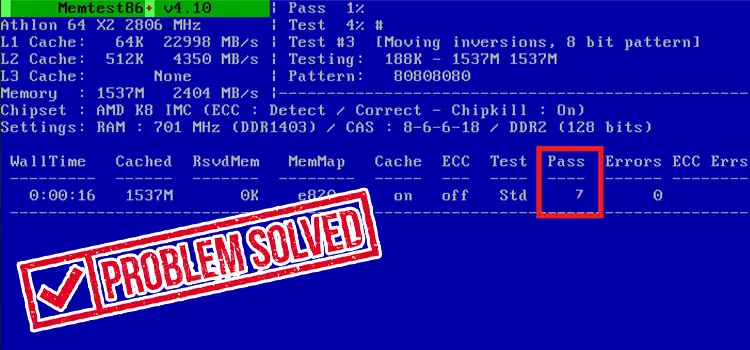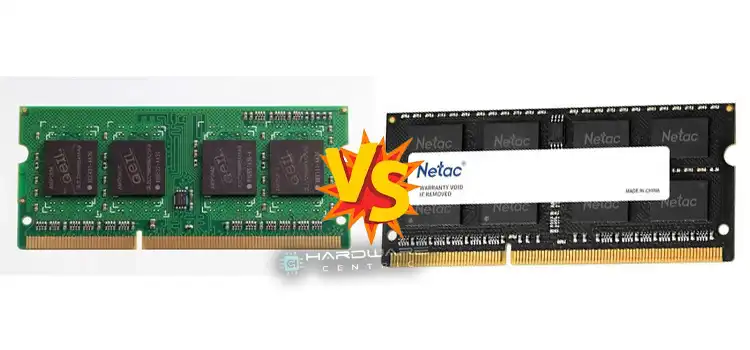1600 MHz DDR3 vs 3200 MHz DDR4 RAM | Choose Convenient One
Do you want to buy RAM but aren’t sure which one to get? Will 1600 MHz DDR3 RAM or 3200 MHz DDR4 RAM perform better? We’re here to assist you in making decisions. We’ll go over both types of RAMs so you can figure out which one is best for your device and business needs.
We’ll go over all of the significant distinctions between DDR3 and DDR4 in the following post. That includes everything from the cost to the speed, as well as everything in between.

So, with that in mind, let’s get right down to business!
1600 MHz DDR3 Vs 3200 MHz DDR4 RAM– What Are The Differences?
Let’s look at some of the technological differences between 1600 MHz DDR3 and 3200 MHz DDR4 RAM, putting looks aside.
1. Voltage Differences
The voltage levels of both RAMs differ quite a little. The RAM, like all other hardware components, requires a certain amount of electricity to operate. DDR3 RAM operates at 1.5 volts, whereas DDR4 RAM operates at 1.2 volts. In the grand scheme of things, this translates to a difference of about 15 watts.
2. Clock Speed
The highest speed of DDR3 RAM is 2133 MHz. DDR4, on the other hand, starts at 2133mhz and goes up to 4800mhz, implying a substantially quicker transfer rate. Another significant advantage for DDR4.
3. Refresh the Algorithm
AR (automatic refresh) and SR (synchronous refresh) were the two algorithms used in older DDR3 RAM (self-refresh). Depending on the scenario and the amount of stress placed on the system, it would flip between the two.
DDR4, on the other hand, only employs automatic refresh, which means it will actively refresh to ensure no new data is waiting to be processed. DDR4 RAM uses far less power, allowing developers to focus entirely on AR, resulting in a vastly more efficient solution.
4. Memory Capacity
Memory capacity is a no-brainer for DDR4, and it’s a great gain. One of the key reasons DDR4 offers substantially larger capacities is that memory capacity is becoming increasingly essential, especially when multitasking or gaming is included. DDR3 memory is available in capacities ranging from 512MB to 8GB, whilst DDR4 memory is available in capacities ranging from 4GB to 16GB. As a result, DDR4 has the potential to hold twice as much data as DDR3. This is a no-brainer. The advantages of additional RAM capacity are tremendous, and we notice a significant difference in performance when we increase RAM capacity.
5. Price
Let’s not get carried away: we’re now in the twenty-first century, and everyone is using DDR4 – unless you’re using an extremely old PC. It’s a no-brainer to go with DDR4. It outperforms DDR3 in every way, including performance, capacity, build quality, heat dissipation, and overall performance. Even buying DDR3 these days is more expensive than buying DDR4. Not to mention that you’d have to use obsolete PC components to make it work.
If you are looking for something alternative, then here are some worth looking into.
Our Verdict
From the differences mentioned above based on several factors, it’s undeniable that the 3200 MHz beats the 1600 MHz in every way. It’s the latest and more advanced than 1600 and can easily outperform 1600. So, choosing 3200 MHz RAM will be better for any kind of task including multitasking, designing, gaming, etc.
Frequently Asked Questions (FAQs)
Is 1600 MHz DDR3 RAM good?
Frankly speaking, 1600 MHz is not so good compared to modern devices. When we already have a 3600 MHz frequency from the DDR4 RAM, 1600 is significantly lower. Maybe it’s still compatible with old generation devices, but not with the latest ones. So, the 1600 MHz DDR3 RAM can be good for older computers, but not for modern ones.
Is DDR4 3200 MHz enough for gaming?
Yes, it is. The highest frequency that a RAM can now have is 3600 MHz. And obviously, there aren’t a lot of differences in their frequencies. So, it’s quite understandable that you can surely get a better gaming performance with it. As the frequency does not matter very much unless you have a higher capacity RAM, still 3200 MHz is enough for gaming.
Is 8 GB DDR3 1600 MHz good for gaming?
First of all, 8 GB RAM is considered the minimum amount of RAM to play games from all stages. If you have the 8 GB 1600 MHz RAM, you are capable of playing modern games without any problem. But there’s a catch. There’ll be some games that you can’t play at the highest quality. So, in short, 8 GB 1600 RAM can possibly be good for average gaming, but not the better one for sure.
Conclusion
In the end, the decision between DDR3 and DDR4 will come down to your CPU and motherboard. In a few rare cases, both memory types are supported, but you’ll only have half as many slots (eg, two DDR3 and two DDR4, instead of four DDR4). We hope that our article would help you to choose between 1600 MHz DDR3 RAM and 3200 MHz DDR4 RAM.
Subscribe to our newsletter
& plug into
the world of PC Hardwares
![[Fix] 2.5 HDD External Case Not Detected (100% Working)](https://www.hardwarecentric.com/wp-content/uploads/2022/02/2.5-HDD-External-Case-Not-Detected.jpg)

![[7 Fixes] 3200 RAM Running at 2400 Mhz](https://www.hardwarecentric.com/wp-content/uploads/2022/08/Why-Is-3200-Ram-Running-at-2400.jpg)



